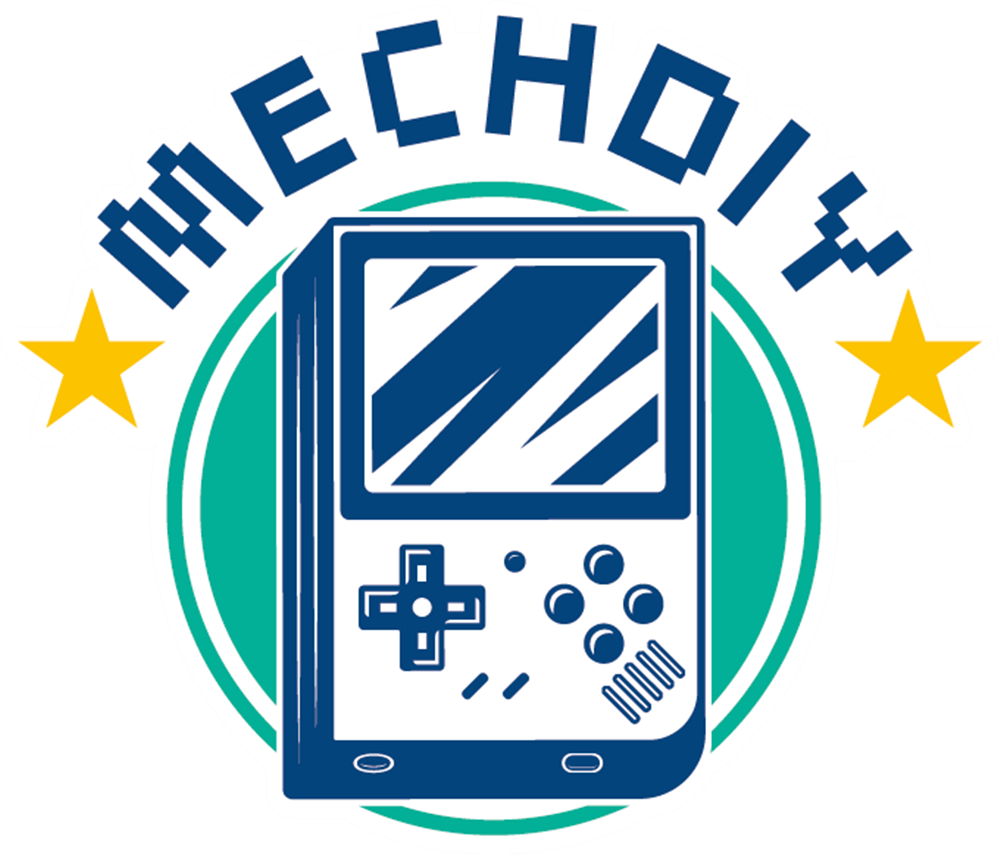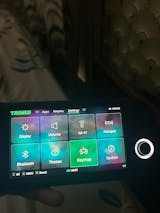If you're into retro gaming, you've probably heard of the Miyoo Mini—a compact, nostalgia-inducing handheld. The plastic version is affordable, but recently, third-party manufacturers(MechDIY) have introduced full-metal custom editions, often priced at $300 or more. At first glance, that might seem outrageous.
But as someone familiar with machining and custom electronics manufacturing, I can tell you—this pricing is actually fair. Let’s break down why a metal Miyoo Mini costs so much.

1. Material Costs: It’s Not Just "a Piece of Metal"
Plastic shells are cheap to mold, but metal is a different story.
-
6061 Aluminum: Chosen for strength, weight, and machinability—10x more expensive than plastic.
-
Material Waste: CNC milling removes a lot of material, with <50% efficiency in small batches.
-
Pre-Treatment: Metal sheets must undergo stress relief to prevent warping.
→ Just materials + basic machining can exceed $80 per unit.

2. CNC Machining: Where Small Batches Get Expensive
Metal shells aren’t cast—they’re CNC-milled from solid blocks, meaning:
-
Programming & Setup: Each shell requires custom toolpaths; low volume = high per-unit cost.
-
Multi-Step Process: Milling the body, button holes, screw posts, and vents—each step needs recalibration.
-
Scrap Rate: A 0.1mm error can ruin a shell; ~20% may be discarded.
→ CNC alone can cost $100–150 per shell.

3. Surface Finish: Anodizing for Durability & Style
Plastic can be painted, but metal needs anodizing to resist scratches and wear.
-
Color Dyeing: Custom hues (e.g., space gray, olive green) require trial and error.
-
Sealing: Prevents corrosion and staining.
-
Low-Volume Penalty: Factories charge per batch—small orders = higher per-unit costs.
→ Anodizing + logo printing: $25–40 per unit.

4. Internal Mods: Metal Isn’t Just a Shell Swap
A metal case introduces new engineering challenges:
-
Electrical Shielding: Metal can interfere with circuits, requiring insulation.
-
Button Feel: Plastic buttons may stick; custom tuning is needed.
-
Thermal Management: Metal conducts heat, potentially affecting battery life.
-
Speaker Acoustics: Resonance changes may dull sound, requiring recalibration.
→ Modifications + labor: $50–80 per unit.

5. Quality Control: Hand-Testing Every Unit
Mass-produced plastic shells get automated checks, but custom metal units need manual inspection:
-
Button Durability (50,000 presses)
-
Drop Tests (metal transfers impact differently than plastic)
-
Thermal Stress Tests (preventing overheating)
→ QC adds $20–30 per unit.

6. Why Can’t It Be Cheaper? The Small-Batch Dilemma
If this were a 10,000-unit order, costs could drop below $50 per shell. But the market for a metal Miyoo Mini is tiny—maybe a few hundred buyers worldwide—so:
-
No Economy of Scale: No bulk discounts on CNC or anodizing.
-
Labor-Intensive: Almost every unit needs hands-on tweaking.
-
R&D Amortization: Design and prototyping costs are split among few customers.
Verdict: Is $300 Fair? Yes—But Not for Everyone
-
For premium feel: The metal version’s durability and heft justify the price.
-
For casual gaming: The plastic Miyoo Mini is the better value.
-
For makers/enthusiasts: This isn’t a cash grab—it’s a passion project with slim margins.

So, the $300 metal Miyoo Mini isn’t a "scam"—it’s the reality of bespoke hardware. Would you buy one? Let’s discuss in the comments!
✍️ By: Tech hardware enthusiast, former machining engineer

🔥 Love the idea of a premium metal Miyoo Mini? Get yours now—limited stock available! 👉 Click here to check it out on MechDIY and elevate your retro gaming experience!












@Tom, oui mais c’est le titre de l’article en somme… ils expliquent ce qui justifie ce coût. quand à si l’achat en vaut la peine ou pas c’est au choix de chacun donc difficilement justifiable et comme vous le dite ça s’adresse a un amateur de bijoux électroniques mais ça peut très bien être en même temps un amateur de jeu vidéo, d’ou le marché restreint d’ailleurs.
Etant dans l’usinage aussi et plus particulièrement en métrologie je confirme les coûts annoncés et la quantité de travail que demande un tel produit en petite série.
You’re explaining why it costs so much, not why it is worth buying beyond ego-stroking. Very nice case surrounding relatively inexpensive electronics that are just as likely to fail as in plastic-cased version. For someone into gaming – not electronic jewelry – they will likely get more satisfaction from a more capable device where the electronics merit the $300 price tag.